Building Your Complete Foot Health Program: Beyond Toe Spacers
Building Your Complete Foot Health Program: Beyond Toe Spacers
Here's the truth no toe spacer company wants you to know: the real magic happens when you stop looking for a single "fix" and start building a comprehensive foot health system. Spoiler alert—toe spacers are just the supporting actors in this story.
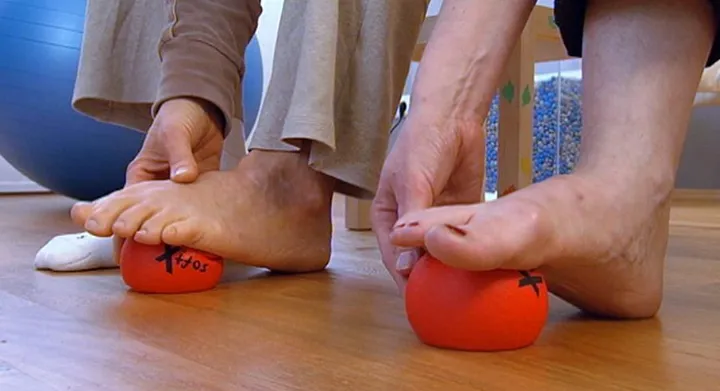
The Mindset Shift: From Quick Fixes to Lasting Solutions
If you've been hoping toe spacers would be your foot health fairy godmother, it's time for a reality check. The most effective approach treats toe spacers as one tool in a comprehensive toolkit, not as a standalone miracle cure.
Think about it this way: if years of poor footwear created your foot problems, does it make sense that a single device would instantly reverse all that damage? Of course not.
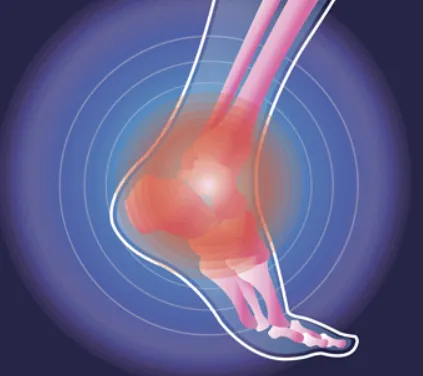
The winning strategy combines:
- 🎯 Active interventions (exercises and movement)
- 👟 Environmental changes (proper footwear)
- 🛠️ Supportive tools (spacers, orthotics, pads)
- 👩⚕️ Professional guidance (when needed)
💡 Paradigm Shift: Instead of asking "Will toe spacers fix my feet?" ask "How can I build a foot health system that actually works long-term?"
This comprehensive approach addresses the root causes we explored in understanding how modern shoes damage feet rather than just managing symptoms.
The Foundation: Evidence-Based Therapeutic Exercise
Here's what the research makes crystal clear: targeted exercises are the cornerstone of any effective foot health program. They address the root cause of most foot problems—muscle imbalances, weakness, and joint stiffness from years of foot "imprisonment" in conventional shoes.
Why Exercises Beat Passive Devices
While toe spacers provide temporary positioning, exercises create lasting change by:
- Strengthening atrophied muscles that have been "unemployed" for years
- Improving joint mobility in stiff, restricted areas
- Retraining movement patterns for better foot mechanics
- Building resilience against future problems
🏋️♀️ The Exercise Advantage: A strong, mobile foot can resist deforming forces. A weak, stiff foot is at the mercy of whatever shoe you put it in.
Your Complete Foot Exercise Program
Based on extensive clinical research and physical therapy protocols, here's your evidence-based exercise arsenal:
Table 1: Evidence-Based Exercises for Foot Health and Deformity Management
| Exercise Name | Target Condition(s) | Biomechanical Goal | Execution Instructions |
|---|---|---|---|
| Towel Curls / Grip | Hallux Valgus, Hammertoe, General Foot Strength | Strengthen intrinsic toe flexor muscles, Improve toe dexterity and grip strength | Sit in a chair with feet flat on the floor. Place a small towel on the floor in front of you. Using only your toes, grip and scrunch the towel, pulling it toward you. Repeat for 2-5 minutes per foot. |
| Marble Pickup | Hallux Valgus, Hammertoe, General Foot Strength | Enhance toe dexterity, fine motor control, and strengthen intrinsic muscles | Sit in a chair with a bowl and 10-20 marbles on the floor. Using only your toes, pick up one marble at a time and place it into the bowl. |
| Toe Spread-Outs / Toe Abduction | Hallux Valgus, General Foot Strength | Strengthen intrinsic muscles responsible for splaying the toes (e.g., abductor hallucis), improve toe alignment | Sit with your foot flat on the floor. Keeping your heel and the ball of your foot down, lift and spread your toes as wide as possible. Hold for 5 seconds, then relax. Repeat 10-20 times. |
| Assisted Toe Abduction with Band | Hallux Valgus | Specifically strengthen the abductor hallucis muscle to counteract bunion progression | Sit with feet on the floor. Wrap a small resistance band around both big toes. Keeping heels firmly planted, pull the big toes away from each other against the band's resistance. Hold for 5 seconds, then release. Repeat 20 times. |
| Ball Roll | Hallux Valgus, Plantar Fasciitis (for massage) | Provide self-massage to the plantar fascia and intrinsic foot muscles, reduce tension, and improve flexibility | Sit or stand, and place a tennis or lacrosse ball under your foot. Roll the ball back and forth from your heel to the ball of your foot, applying gentle pressure. Roll for 3-5 minutes per foot. |
| Manual Toe Stretches / Circles | Hallux Valgus, Hammertoe | Improve joint mobility, reduce stiffness in the metatarsophalangeal (MTP) and interphalangeal joints | Sit and cross one leg over the other. Gently grip your big toe (or a lesser toe) with your fingers. Manually move the toe through its full range of motion, including circles, flexion, and extension. Hold each stretch for 20-30 seconds. |
| Heel Raises | Hallux Valgus, General Ankle/Foot Strength | Strengthen calf muscles (gastrocnemius/soleus) and improve foot/ankle stability, which supports proper gait mechanics | Stand behind a chair for balance. Raise your heels up slowly, pressing through the balls of your feet. Hold for 5 seconds, then slowly lower. Repeat 10-20 times. |
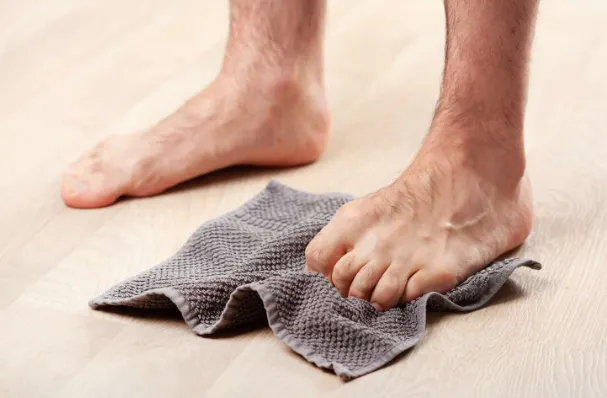
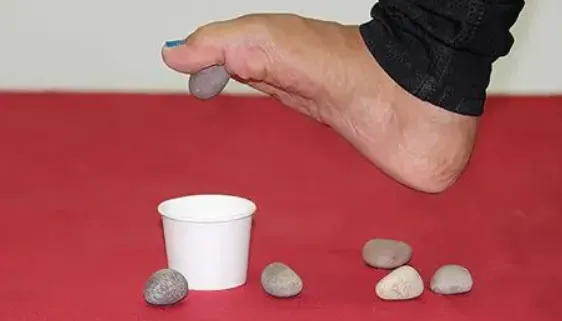
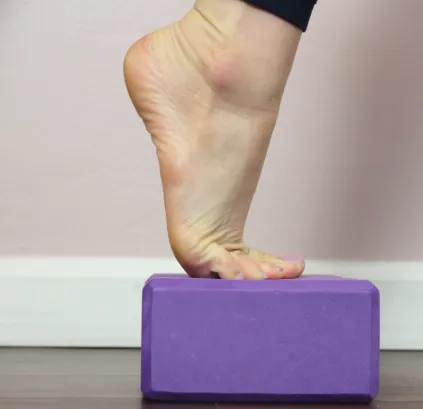
Your Exercise Implementation Strategy
🌅 Start Your Day Right:
- Begin with 5 minutes of toe stretches and mobility work
- Perfect time: while having morning coffee or checking your phone
💪 Strengthen During Downtime:
- Towel curls and marble pickups while watching TV
- Toe spread-outs during work breaks
- Band exercises before bed
🎯 Target Specific Problems:
- For bunions: Focus on abduction exercises and manual stretches
- For hammertoes: Emphasize dexterity work and joint mobility
- For general weakness: All exercises, building duration gradually
⏰ Consistency Beats Intensity: 10 minutes daily is infinitely better than 1 hour once a week. Your feet need regular, consistent stimulus to change.
The Non-Negotiable: Proper Footwear
Here's a sobering truth: you can do exercises and wear toe spacers religiously, but if you then squeeze your feet back into narrow, deforming shoes for 8-12 hours daily, you're sabotaging your own efforts.
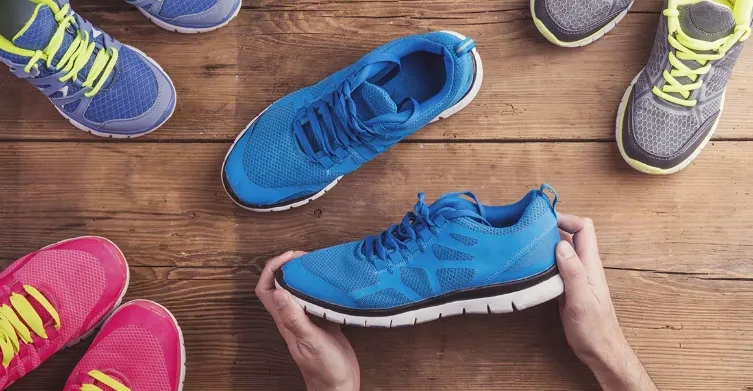
The Healthy Footwear Checklist
✅ Wide, Anatomical Toe Box
- The shoe should be widest at the ends of your toes
- Your toes should lie flat without any compression
- Test: You should be able to wiggle all your toes freely
✅ Zero-Drop Platform
- Heel and forefoot at the same height
- No artificial heel elevation
- Promotes natural posture and weight distribution
✅ Flexible Sole
- Shoe should bend easily at the ball of the foot
- Your foot should be able to move naturally
- Test: You should be able to twist the shoe like a washcloth
✅ Adequate Length
- Thumb-width of space beyond your longest toe
- Feet swell during the day—shop in the afternoon
- Remember: foot size often increases with age
👟 Shoe Shopping Reality: You may need to go up a half or full size to accommodate proper width. Don't get hung up on the number—focus on fit and function.
The Transition Strategy
If you've been wearing conventional shoes for years, switching to proper footwear requires a gradual approach:
Week 1-2: Wear proper shoes for 1-2 hours daily
Week 3-4: Increase to 4-6 hours daily
Week 5+: Full-time wear as comfort allows
Your feet need time to readapt to their natural function. Rushing this process can cause temporary discomfort.
Integrating Toe Spacers Into Your System
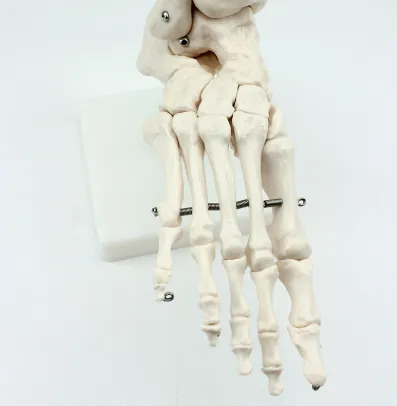
Now that you understand the bigger picture, here's how toe spacers fit into your comprehensive approach. As we learned from the research on toe spacer effectiveness, they work best as part of a comprehensive strategy.
The Strategic Roles of Toe Spacers
🎯 Exercise Enhancement:
- Wear during foot strengthening exercises for better muscle activation
- Use during balance and proprioception training
- Create optimal toe positioning for movement re-education
😌 Symptom Management:
- Immediate pressure relief during problem activities
- Pain reduction for bunions and hammertoes
- Improved comfort in properly fitting shoes
🛡️ Transition Support:
- Help feet readapt during footwear transitions
- Bridge the gap between old habits and new foot health practices
- Provide positioning cues for proper toe alignment
Maximizing Spacer Effectiveness
For Active Use:
- Choose spacers designed to be worn inside shoes
- Start with shorter periods (30 minutes) and build gradually
- Use during weight-bearing activities when possible
For Recovery Use:
- Wear during rest periods to give compressed toes a break
- Use while doing foot exercises for enhanced positioning
- Include in your evening foot care routine
🔄 The Synergy Effect: The combination of exercises + proper footwear + strategic spacer use is greater than the sum of its parts.
Advanced Tools: When Basic Interventions Aren't Enough
Sometimes the fundamental approach needs additional support. Here's when and how to consider advanced options:
Custom Orthotics: The Precision Option
Research shows that custom insoles can be more effective than simple toe separators for reducing forefoot pressure in patients with bunions. This makes sense—custom orthotics address overall biomechanics, not just toe alignment.
Consider custom orthotics when:
- You have complex biomechanical issues affecting multiple areas
- Generic interventions aren't providing adequate relief
- You need precise pressure redistribution for specific problems
- A podiatrist recommends them based on gait analysis
Supportive Devices: The Comfort Arsenal
Gel Pads and Cushions:
- Primary goal: symptom relief and protection
- Best for: cushioning prominent areas and reducing friction
- Use: Inside properly fitting shoes for targeted comfort
Bunion Shields and Sleeves:
- Function: prevent rubbing against shoe walls
- Material: soft gel or foam for cushioning
- Application: over bunion prominence for protection
Night Splints:
- Purpose: hold toes in corrected position during sleep
- Evidence: cited in conservative bunion treatment protocols
- Use: supplement to, not replacement for, active day treatment
🎯 Device Selection Strategy: Choose devices based on your specific symptoms and functional limitations, not marketing promises.
What Doesn't Work: The Supplement Myth
Here's something important that might save you money: there is no evidence supporting dietary supplements for treating mechanical foot deformities.
The extensive research on bunions, hammertoes, and Morton's neuroma contains zero mentions of beneficial supplements. This makes biological sense—these are structural, biomechanical problems, not nutritional deficiencies.
Save your money. Skip the supplements. Focus on the interventions that actually work: movement, mechanics, and appropriate footwear.
💰 Marketing vs. Biology: Supplement companies excel at creating plausible-sounding explanations for why their products "should" work. Biology doesn't care about marketing explanations—it only responds to appropriate mechanical stimuli.
Creating Your Personal Action Plan
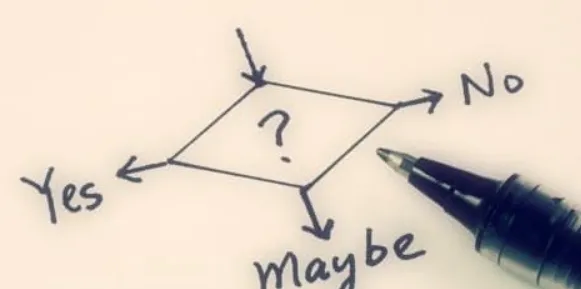
Here's how to build your comprehensive foot health system:
Phase 1: Foundation Building (Weeks 1-4)
Daily Habits:
- 10 minutes of basic foot exercises from the table above
- Gradual transition to proper footwear
- Begin using toe spacers for short periods (30 minutes daily)
Weekly Goals:
- Increase exercise duration and complexity
- Expand proper footwear wearing time
- Build spacer tolerance gradually
Phase 2: Integration and Progression (Weeks 5-12)
Advanced Practices:
- Add resistance exercises (band work)
- Use spacers during active exercises
- Incorporate balance and proprioception training
Assessment Points:
- Evaluate pain levels and functional improvements
- Adjust exercise difficulty based on progress
- Consider professional consultation if needed
Phase 3: Maintenance and Optimization (Week 13+)
Long-term Strategy:
- Maintain consistent exercise routine
- Permanent proper footwear adoption
- Strategic spacer use for specific situations
Ongoing Evaluation:
- Regular foot health assessments
- Adjust program based on changing needs
- Professional check-ins for complex issues
When to Seek Professional Help
Your comprehensive approach should include knowing when self-care isn't enough. For detailed guidance on this critical decision, see our safety guidelines and professional consultation guide.
🔴 Immediate Professional Consultation:
- Persistent pain lasting more than 2-3 weeks
- Visible changes in foot structure
- Neurological symptoms (numbness, tingling)
- Signs of infection or inflammation
🟡 Planned Professional Support:
- Custom orthotic evaluation
- Gait analysis for complex biomechanical issues
- Exercise program refinement
- Surgical consultation for severe deformities
👩⚕️ Professional Partnership: The best outcomes often come from combining professional expertise with consistent self-care—not from trying to do everything yourself or relying entirely on others.
The Long-Term Perspective
Building healthy feet is like building any other aspect of fitness—it's a lifestyle, not a destination. The habits you build today will determine your foot health and overall mobility for decades to come.
Remember:
- 🎯 Consistency beats perfection—small daily actions compound over time
- 🔄 Progress isn't always linear—expect ups and downs during the adaptation process
- 🛠️ Tools are helpful, but habits are essential—toe spacers support your efforts, they don't replace them
- 👥 Professional guidance accelerates progress—don't hesitate to seek help when needed
Your Foot Health Success Formula
The Evidence-Based Equation: Daily Exercises + Proper Footwear + Strategic Tool Use + Professional Guidance (when needed) = Optimal Foot Health
Toe spacers can be valuable contributors to this equation, but they're never the whole answer. The real magic happens when you commit to the complete system and give it time to work.
For the complete synthesis of all these strategies, see our comprehensive evidence-based guide to foot health.
🎯 Bottom Line: Stop looking for the one perfect device and start building the perfect system. Your feet—and your future mobility—will thank you.
Next up: We'll tackle the critical safety considerations that could literally save your limbs. Not everyone should use toe spacers, and the risks for certain populations are more serious than most people realize.
Implementation Note: This program is based on peer-reviewed research and clinical protocols. Start gradually, listen to your body, and consult healthcare professionals for persistent problems or underlying medical conditions. Individual results and timelines may vary significantly.
Comments
Post a Comment